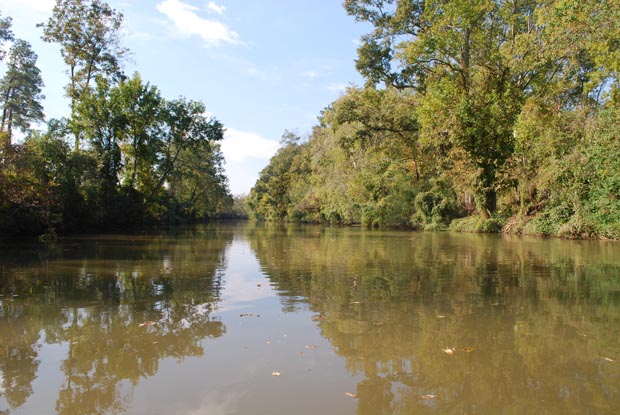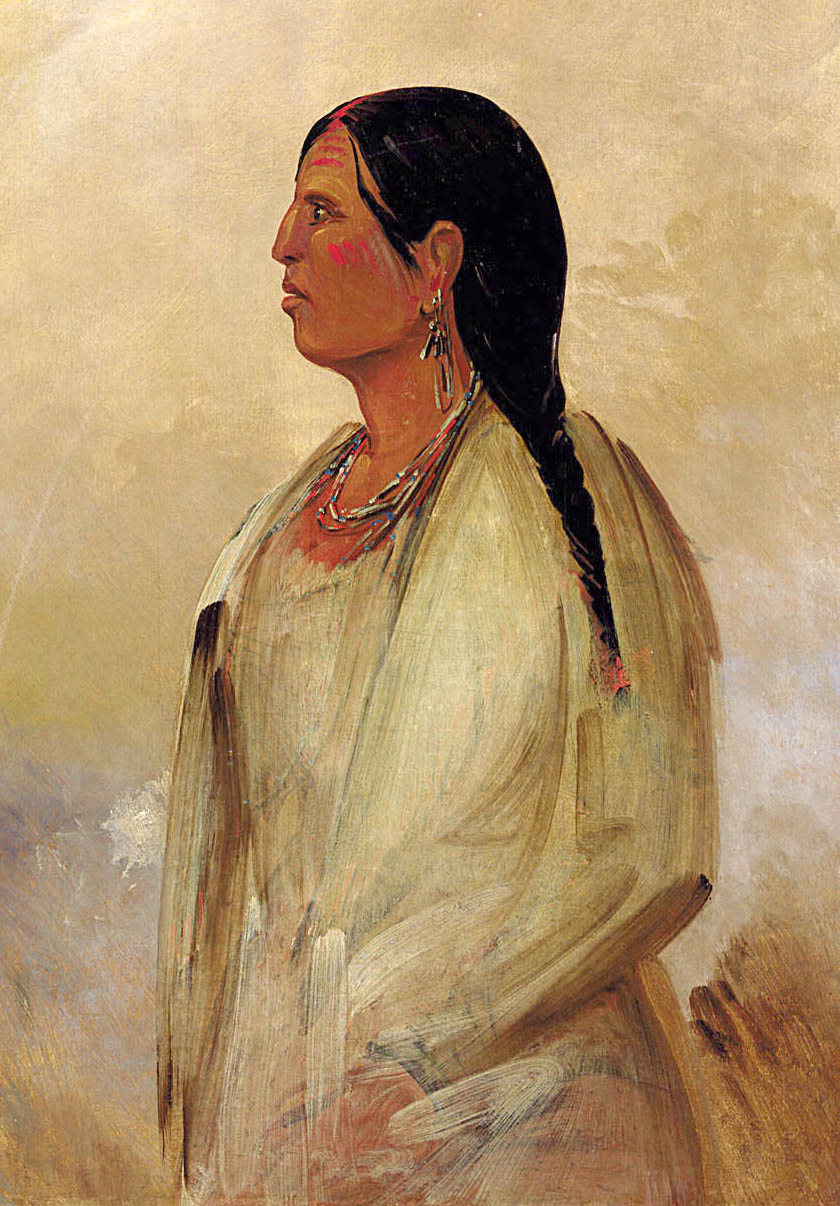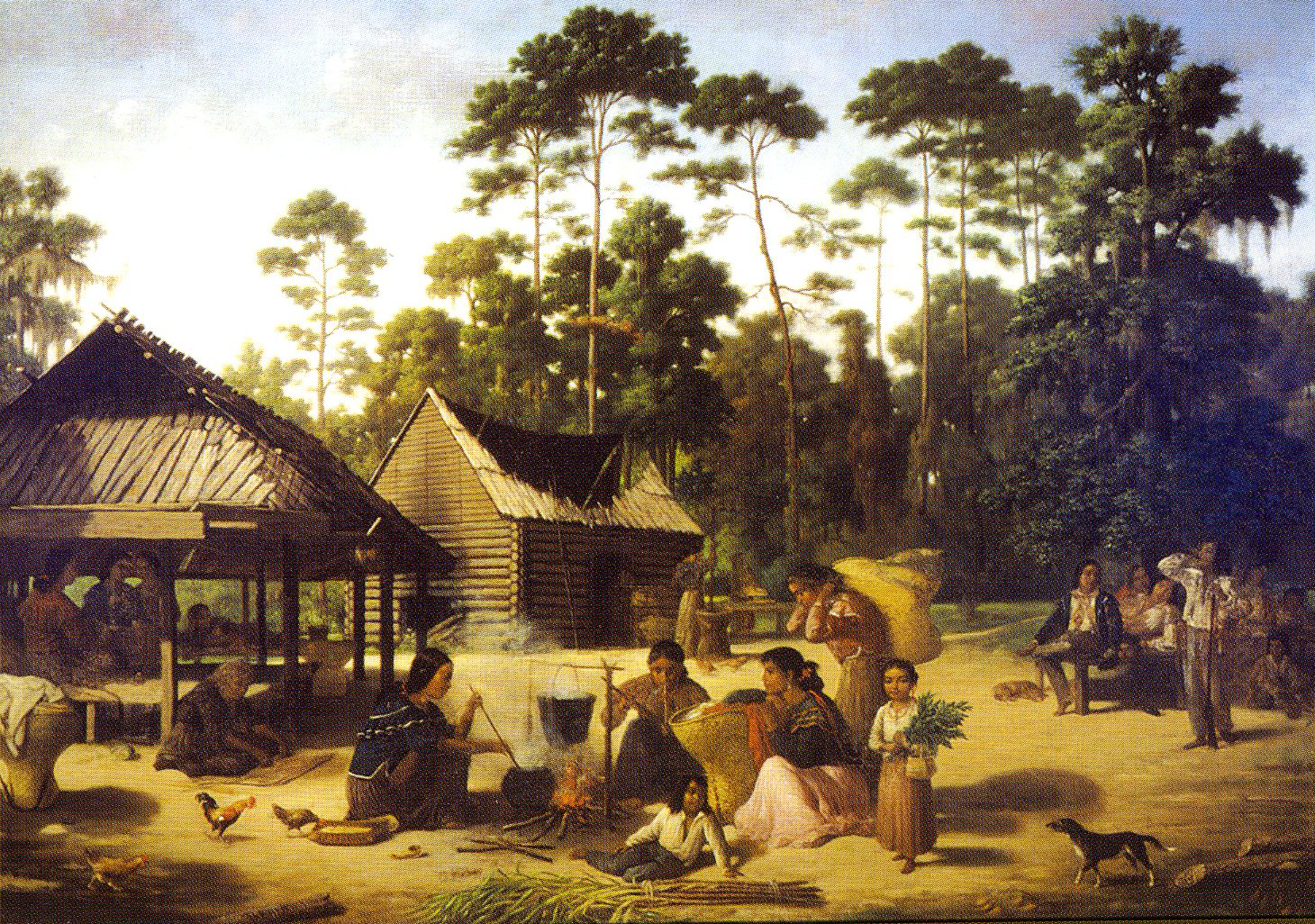|
Chitimacha
The Chitimacha ( ; or ) are an Indigenous people of the Southeastern Woodlands in Louisiana. They are a federally recognized tribe, the Chitimacha Tribe of Louisiana. The Chitimacha have an Indian reservation in St. Mary Parish near Charenton on Bayou Teche. Their reservation is a small part of their precontact territory. They are the only Louisiana tribe who still control some of their original land, where they have long occupied areas of the Atchafalaya Basin, "one of the richest inland estuaries on the continent."''NATIVE WATERS: A CHITIMACHA RECOLLECTION'' (1/30/2011) , American Public Television, Louisiana Public Broadcasting; accessed 20 September 2011 In 2011 they numbered about 1100 people. Historically, the Chitimacha spoke ... [...More Info...] [...Related Items...] OR: [Wikipedia] [Google] [Baidu] |
Chitimacha Language
Chitimacha ( or , Sitimaxa) is a language isolate historically spoken by the Chitimacha people of Louisiana, United States. It became extinct in 1940 with the death of the last fluent speaker, Delphine Ducloux. Although no longer spoken, it is fairly extensively documented in the early 20th-century work (mostly unpublished) of linguists Morris Swadesh and John R. Swanton. Swadesh in particular wrote a full grammar and dictionary, and collected numerous texts from the last two speakers, although none of this is published. Language revitalization efforts are underway to teach the language to a new generation of speakers. Tribal members have received Rosetta Stone software for learning the language. As of 2015, a new Chitimacha dictionary is in preparation, and classes are being taught on the Chitimacha reservation. Classification Chitimacha has recently been proposed to be related to, or a member of, the hypothetical Totozoquean language family. An automated computational a ... [...More Info...] [...Related Items...] OR: [Wikipedia] [Google] [Baidu] |
Charenton, Louisiana
Charenton (historically ) is a census-designated place (CDP) in St. Mary Parish, Louisiana, United States. The population was 1,903 at the 2010 census. It is part of the Morgan City Micropolitan Statistical Area. History Charenton is home to one community of Chitimacha people. In 1855, the Chitimacha were seriously reduced by yellow fever that struck the region. In 1881, the Chitimacha were located on Grand Lake or Lake Fausse. The census of 1900 listed six families of Chitimacha, with a total of 55 people. During this period, the Chitimacha's land base had continued to decline as reservation land was divided again and again among members unable to pay the annual taxes. As a result, the land was sold. A court divided the last of the reservation in 1903, but attorney's fees claimed of it two years later. Answering a plea from the Chitimacha women, Miss Sarah Avery McIlhenney purchased the land at a sheriff's sale in 1915 and immediately ceded it to the federal government ... [...More Info...] [...Related Items...] OR: [Wikipedia] [Google] [Baidu] |
Chaouacha
The Chaouacha (or Chawasha) were an Indigenous people of Louisiana. They were likely related to the Chitimacha. The French massacred many of them in retaliation for the Natchez revolt against French colonists in which they had had no part. History 17th century When first written about, they lived on the west bank of the Mississippi River, just south of New Orleans. In 1699, they were reported to be allied with the Ouacha (or Washa), the Okelousa, and the Opelousa. 18th century In December 1729, following an attack by the Natchez on Fort Rosalie the prior month, French colonists feared a widespread Indian rebellion or a combined revolt by Native Americans and enslaved people. The governor of Louisiana, Étienne Perier, ordered a force of 80 enslaved Africans under the command of Louis Tixerant, a Company of the Indies warehouse keeper, to massacre the Chaouacha community, rewarding the men by freeing them from slavery. The French killed at least seven Chaouacha men and ... [...More Info...] [...Related Items...] OR: [Wikipedia] [Google] [Baidu] |
Rosetta Stone (software)
Rosetta Stone Language Learning is proprietary software, proprietary, computer-assisted language learning (CALL) software published by Rosetta Stone (company), Rosetta Stone Inc, part of the IXL Learning family of products. The software uses images, text, and sound to teach words and grammar by spaced repetition, without translation. Rosetta Stone calls its approach Dynamic Immersion. The software's name and logo allude to the Rosetta Stone, ancient stone slab of the same name on which the Rosetta Stone decree, Decree of Memphis is inscribed in three writing systems. IXL Learning acquired Rosetta Stone in March 2021. Dynamic Immersion In a Rosetta Stone Language Learning exercise, the learner pairs sound or text to one of several images. The number of images per screen varies. For example, the software shows the learner four photographs. A native speaker makes a statement that describes one of the photographs, and the statement is printed on the screen; the learner chooses the ... [...More Info...] [...Related Items...] OR: [Wikipedia] [Google] [Baidu] |
Chawasha
The Chaouacha (or Chawasha) were an Indigenous people of Louisiana. They were likely related to the Chitimacha. The French massacred many of them in retaliation for the Natchez revolt against French colonists in which they had had no part. History 17th century When first written about, they lived on the west bank of the Mississippi River, just south of New Orleans. In 1699, they were reported to be allied with the Ouacha (or Washa), the Okelousa, and the Opelousa. 18th century In December 1729, following an attack by the Natchez on Fort Rosalie the prior month, French colonists feared a widespread Indian rebellion or a combined revolt by Native Americans and enslaved people. The governor of Louisiana, Étienne Perier, ordered a force of 80 enslaved Africans under the command of Louis Tixerant, a Company of the Indies warehouse keeper, to massacre the Chaouacha community, rewarding the men by freeing them from slavery. The French killed at least seven Chaouacha men an ... [...More Info...] [...Related Items...] OR: [Wikipedia] [Google] [Baidu] |
Language Isolate
A language isolate is a language that has no demonstrable genetic relationship with any other languages. Basque in Europe, Ainu and Burushaski in Asia, Sandawe in Africa, Haida and Zuni in North America, Kanoê in South America, and Tiwi in Oceania are all examples of such languages. The exact number of language isolates is yet unknown due to insufficient data on several languages. One explanation for the existence of language isolates is that they might be the last remaining member of a larger language family. Such languages might have had relatives in the past that have since disappeared without being documented, leaving them an orphaned language. One example is the Ket language spoken in central Siberia, which belongs to the wider Yeniseian language family; had it been discovered in recent times independently from its now extinct relatives, such as Yugh and Kott, it would have been classified as an isolate. Another explanation for language isolates is that they aro ... [...More Info...] [...Related Items...] OR: [Wikipedia] [Google] [Baidu] |
Atchafalaya Basin
The Atchafalaya Basin, or Atchafalaya Swamp (; Louisiana French: ''Atchafalaya'', ), is the largest wetland and swamp in the United States. Located in south central Louisiana, it is a combination of wetlands and river delta area where the Atchafalaya River and the Gulf of Mexico converge. The river stretches from near Simmesport in the north through parts of eight parishes to the Morgan City southern area. The Atchafalaya is different among Louisiana basins because it has a growing delta system (''see illustration'') with wetlands that are almost stable. The basin contains about 70% forest habitat and about 30% marsh and open water. It contains the largest contiguous block of forested wetlands remaining (about 35%) in the lower Mississippi River valley and the largest block of floodplain forest in the United States. Best known for its iconic cypress–tupelo swamps, at , this block of forest represents the largest remaining contiguous tract of coastal cypress in the United ... [...More Info...] [...Related Items...] OR: [Wikipedia] [Google] [Baidu] |
Bayou Teche
Bayou Teche (Louisiana French: ''Bayou Têche'') is a U.S. Geological Survey. National Hydrography Dataset high-resolution flowline dataThe National Map, accessed June 20, 2011 waterway in south central Louisiana in the United States. Bayou Teche was the Mississippi River's main course when it developed Mississippi River Delta, a delta about 2,800 to 4,500 years ago. Through a natural process known as deltaic switching, the river's deposits of silt and sediment cause the Mississippi to change its course every thousand years or so. History The Teche begins in Port Barre, Louisiana, Port Barre where it draws water from Bayou Courtableau and then flows southward to meet the Lower Atchafalaya River at Patterson. During the 18th-century Acadian migration to the area - then known as the Attakapas County, Orleans Territory , Attakapas region - the Teche was the primary means of transportation. During the American Civil War, there were two naval engagements on Bayou Teche. The Confedera ... [...More Info...] [...Related Items...] OR: [Wikipedia] [Google] [Baidu] |
Indigenous People Of The Southeastern Woodlands
Indigenous peoples of the Southeastern Woodlands, Southeastern cultures, or Southeast Indians are an ethnographic classification for Native Americans who have traditionally inhabited the area now part of the Southeastern United States and the northeastern border of Mexico, that share common cultural traits. This classification is a part of the Eastern Woodlands. The concept of a southeastern cultural region was developed by anthropologists, beginning with Otis Mason and Franz Boas in 1887. The boundaries of the region are defined more by shared cultural traits than by geographic distinctions.Jackson and Fogelson 3 Because the cultures gradually instead of abruptly shift into Plains, Prairie, or Northeastern Woodlands cultures, scholars do not always agree on the exact limits of the Southeastern Woodland culture region. Shawnee, Powhatan, Waco, Tawakoni, Tonkawa, Karankawa, Quapaw, and Mosopelea are usually seen as marginally southeastern and their traditional lands represen ... [...More Info...] [...Related Items...] OR: [Wikipedia] [Google] [Baidu] |
Morris Swadesh
Morris Swadesh ( ; January 22, 1909 – July 20, 1967) was an American linguist who specialized in comparative and historical linguistics, and developed his mature career at UNAM in Mexico. Swadesh was born in Massachusetts to Bessarabian Jewish immigrant parents. He completed bachelor's and master's degrees at the University of Chicago, studying under Edward Sapir, and then followed Sapir to Yale University where he completed a Ph.D. in 1933. Swadesh taught at the University of Wisconsin–Madison from 1937 to 1939, and then during World War II worked on projects with the United States Army and Office of Strategic Services. He became a professor at the City College of New York after the war's end, but was fired in 1949 due to his membership in the Communist Party. He spent most of the rest of his life teaching in Mexico and Canada. Swadesh had a particular interest in the indigenous languages of the Americas, and conducted extensive fieldwork throughout North America. He was ... [...More Info...] [...Related Items...] OR: [Wikipedia] [Google] [Baidu] |
Cajun French
Louisiana French (Louisiana French: ''français louisianais''; ) includes the dialects and varieties of the French language spoken traditionally by French Louisianians in colonial Lower Louisiana. As of today Louisiana French is primarily used in the state of Louisiana, specifically in its southern parishes. Over the centuries, the language has incorporated some words of African, Spanish, Native American and English origin, sometimes giving it linguistic features found only in Louisiana.Thomas A. Klingler, Michael Picone and Albert Valdman. "The Lexicon of Louisiana French." ''French and Creole in Louisiana''. Albert Valdman, ed. Springer, 1997. 145-170.Thomas A. Klingler.Language labels and language use among Cajuns and Creoles in Louisiana" Ed. T. Sanchez and U. Horesh. ''Working papers in linguistics'' 9(2), 2003. 77–90. Louisiana French differs to varying extents from French dialects spoken in other regions, but Louisiana French is mutually intelligible with other di ... [...More Info...] [...Related Items...] OR: [Wikipedia] [Google] [Baidu] |
Tattoo
A tattoo is a form of body modification made by inserting tattoo ink, dyes, or pigments, either indelible or temporary, into the dermis layer of the skin to form a design. Tattoo artists create these designs using several tattooing processes and techniques, including hand-tapped traditional tattoos and modern tattoo machines. The history of tattooing goes back to Neolithic times, practiced across the globe by many cultures, and the symbolism and impact of tattoos varies in different places and cultures. Tattoos may be decorative (with no specific meaning), symbolic (with a specific meaning to the wearer), pictorial (a depiction of a specific person or item), or textual (words or pictographs from written languages). Many tattoos serve as rites of passage, marks of status and rank, symbols of religious and spiritual devotion, decorations for bravery, marks of fertility, pledges of love, amulets and talismans, protection, and as punishment, like the marks of outcasts, slaves, ... [...More Info...] [...Related Items...] OR: [Wikipedia] [Google] [Baidu] |






